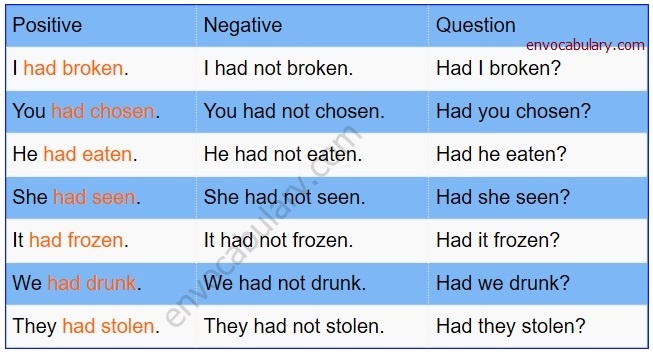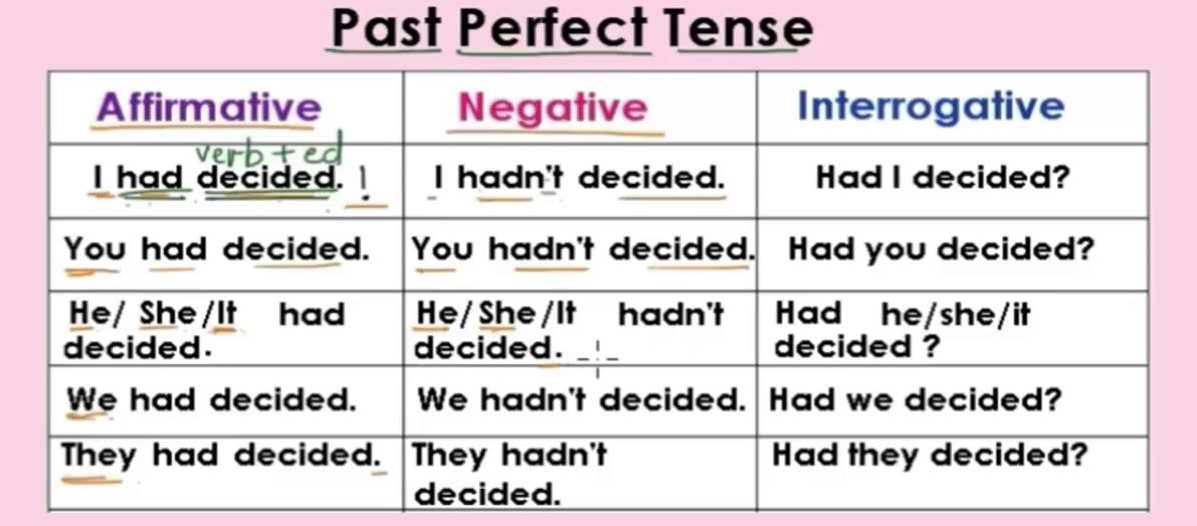
She shuddered as memories washed over her. Events from before the story started (i.e., backstory), such as a character remembering a trauma from their childhood:.Her eyes had crinkled with mischievousness. The sugary smell took him back to the last time he had seen his grandmother. Flashback, such as a character reliving the last memory of a beloved relative (which might have occurred in an earlier scene or before the story started):.Last night’s argument had highlighted all the ways her sister took advantage of her. Events from an earlier scene, such as a character reflecting on an argument they had the previous night:Īnger swept through her again.Was the woman telling the truth? During her impassioned speech a few minutes ago, she had certainly seemed earnest. Events from an earlier paragraph in the same scene, such as a character thinking about what someone else said “five minutes ago” in the story:.The category of events that occurred before the story present includes: Let’s check out a few examples of the different types of events that we’re going to include in this “backstory” category for the purposes of this post. Examples: Events Before Our Story’s Present In other words, for the purpose of figuring out the right tense to use, the term “backstory” above refers to any events before the story’s here-and-now, even though that’s not what we usually mean by backstory. So the story adds to its past as readers read each line. The current paragraph (whichever paragraph is currently being written, edited, or read) is considered the story’s present, which makes the previous paragraph the story’s past (and the next paragraph the story’s future). How can we indicate the order of events that happened earlier in our story? Click To TweetAs we write-or our readers read-our story, the concept of time within the story progresses, much as it does in real life. And we mean not just the year it takes place, but each paragraph and scene while they’re the focus of being written/edited or read. Our story’s present is the here-and-now of our story. The first two elements are pretty standard, but let’s talk about that third category, as the term backstory for that third element isn’t quite accurate. She had eaten all the snacks in the house already. Backstory (events that occurred before the story present) is written in past perfect tense:.“I need some chocolate to get me through this day.

Dialogue (including direct internal dialogue) is written in present tense:.In these days of social distancing, she didn’t want to take any chances. The narrative is written in past tense:.Instead, the tense we use changes with the various elements of our story:

But that doesn’t mean that we use past tense for every element of our story. Recap: The Default Tenses of StorytellingĪs we mentioned last week, the default tense that many writers use for their storytelling is past tense.

#Past perfect how to
*smile* So let’s review when the past perfect tense applies to our story and how to use it properly.

In the comments, regular reader Clare O’Beara brought up the past perfect tense as something that many writers struggle to use correctly. Last week, we talked about our options for which verb tense to use with our story.


 0 kommentar(er)
0 kommentar(er)
